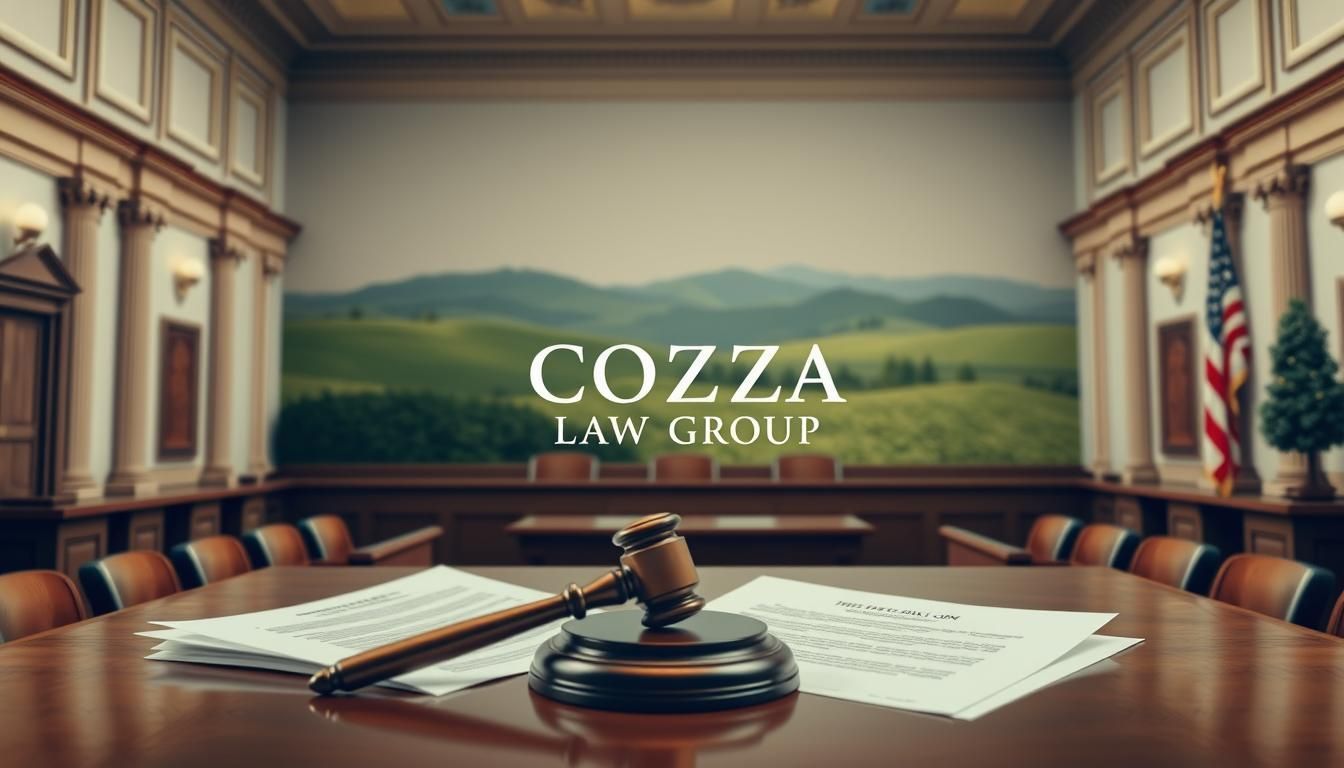Revoke Power of Attorney: Legal Steps Explained

This guide will show you how to legally cancel a power of attorney (POA) document. We'll talk about why you might want to cancel a POA, the steps to follow, and how to tell others about it. If you want to end a trust relationship or cancel a POA form, this article has the key info you need.
Key Takeaways
- Understand the legal significance of revoking a power of attorney
- Learn the crucial steps in the revocation process
- Discover how to properly notify financial institutions and healthcare providers
- Explore potential challenges and how to overcome them
- Recognize the importance of working with an experienced attorney
What is Power of Attorney and Why Revoke It?
A power of attorney (POA) is a legal document. It lets someone, called the "agent," make decisions for another person, the "principal." This can be for financial, legal, or medical matters. Sometimes, it's needed to revoking or terminating this arrangement.
Understanding the Importance of Revoking Power of Attorney
Revoking a power of attorney is key to cancel poa document and take back control. It's important when the agent doesn't act right, or if the principal's situation changes. The original POA might not fit anymore.
Common Reasons for Revoking a Power of Attorney Document
People revoke power of attorney for several reasons:
- The agent misuses the principal's money or makes choices that aren't right for the principal.
- The principal's needs or situation change, making the old POA outdated.
- The principal gets better from an illness or disability that led to the POA.
- The principal and agent disagree or their relationship worsens.
- The principal wants a new agent who suits their current needs better.
Revoking a power of attorney is a big legal step. It should be done with care and advice from an experienced lawyer. Knowing why and how to do it helps protect your interests.
Revoke Power of Attorney: The Legal Process
Revoking a power of attorney (POA) requires a specific legal process. This process changes based on the type of POA, like general or durable POA.
To revoke durable poa or annul poa form, you must follow these steps:
- Get the needed revocation form. This document shows you want to end fiduciary relationship and invalidate power of attorney.
- Sign the revocation form with a notary public. This makes the document legally valid.
- Give the signed and notarized revocation to the current agent(s) and any places that have the original POA.
- Make sure the revocation is recorded and the agent's power is ended.
Revoking a durable POA is a bit different from a general one. A durable POA stays valid even if you can't make decisions for yourself. You might need more steps to end fiduciary relationship and invalidate power of attorney.
By doing things right, you can make sure the agent's power is fully revoked durable poa and annul poa form. This lets you take back control of your life and end fiduciary relationship.
Notifying Relevant Parties About the Revocation
After revoking a power of attorney, it's key to tell everyone who needs to know. This includes banks, healthcare providers, and others who acted on your behalf before. They must know the power of attorney is no longer valid.
Informing Financial Institutions and Healthcare Providers
Tell your banks, investment firms, and credit card companies right away about the revocation. This stops the agent from accessing your money and info. It also means they can't make any new deals or ask for money without your okay.
Also, let your healthcare providers know. This includes doctors, hospitals, and insurance companies. This way, the agent can't make health decisions or look at your medical records without your say-so.
Ensuring Compliance with the Revocation
- Check with everyone to make sure they got the revocation notice.
- Ask for a written confirmation that they've updated their records.
- Keep an eye on your accounts and health records to make sure the agent can't get in.
By doing these things, you can make sure the power of attorney is really gone. This keeps your money and personal life safe from the agent's reach.
Potential Challenges and How to Overcome Them
Revoking a power of attorney can be tricky. You might face resistance from the agent or institutions. We'll talk about the hurdles you could meet and how to get past them.
Dealing with Uncooperative Agents or Institutions
One big challenge is an agent who won't accept the revocation. They might be looking out for their own interests or don't want to give up their power. Banks or healthcare providers might also be slow to accept the change, especially if they work closely with the agent.
To overcome these issues, follow these steps:
- Provide Clear Documentation: Make sure you have all the right papers, like the original power of attorney and the revocation. Show these to the agent or institution to prove the revocation is valid.
- Communicate Firmly and Persistently: If the agent or institution won't cooperate, keep following up in writing. If needed, get legal help to make sure your revoke power of attorney, terminate legal authority, or invalidate power of attorney is accepted.
- Utilize Legal Remedies: If the agent or institution still ignores the revocation, look into legal options. This might mean filing a court order to make them comply.
By doing these things, you can overcome the challenges and successfully revocation of the power of attorney.
The Role of an Experienced Attorney
Revoking a power of attorney can be complex and tricky. That's why an experienced attorney, like those at Cozza Law Group PLLC, is crucial. They make sure the process of revoking power of attorney, terminating legal authority, and ending the fiduciary relationship is done right. This protects your rights and interests.
At Cozza Law Group PLLC, the attorneys are experts in this field. They guide clients through the tricky parts of revoking power of attorney. They help with legal paperwork, tackle any challenges, and make sure everything is done correctly.
Why Hire Cozza Law Group PLLC for Revoking Power of Attorney
- In-depth knowledge of power of attorney laws and regulations
- Proven track record of successfully revoking power of attorney documents
- Personalized attention and tailored strategies to meet your unique needs
- Seamless coordination with financial institutions, healthcare providers, and other relevant parties
- Effective representation to address any uncooperative agents or institutions
With Cozza Law Group PLLC, you can go through the revocation of power of attorney process confidently. They ensure your legal rights and interests are protected at every step.
Conclusion
Revoking a power of attorney is a key step in some cases. It lets you stop the agent from having legal power over your affairs. You can learn how to cancel a power of attorney document and protect your rights.
Cozza Law Group PLLC has experienced attorneys ready to help you with the revoke power of attorney process. They can help you terminate legal authority or cancel a POA document. Their knowledge makes it easier to handle the complex steps and protect your finances and personal life.
By taking steps to revoke power of attorney, you can take back control of your life. Trust Cozza Law Group PLLC to help you in this important process. Schedule a consultation today and start taking action to regain control over your life today.




